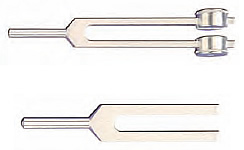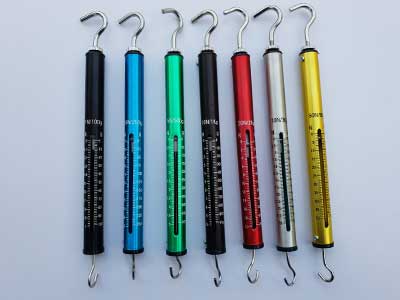

Tuning forks used by orchestras between 17 mostly had a frequency of A = 423.5 Hz, although there were many forks and many slightly different pitches. It is the pitch of the violin's second string, the first string of the viola, and an octave above the first string of the cello, all played open. This is the standard concert pitch, used as tuning note by some orchestras. The most common tuning fork sounds the note of A = 440 Hz. Filing the ends of the prongs raises the pitch, while filing the inside of the base of the prongs lowers it. If a sound absorbing sheet is slid in between the prongs of a vibrating fork, reducing the waves reaching the ear from one prong, the volume heard will actually increase, due to a reduction of this cancellation.Ĭommercial tuning forks are normally tuned to the correct pitch at the factory, but they can be retuned by filing material off the prongs. The reason for this is that the sound waves produced by each fork prong are 180° out of phase with the other, so at a distance from the fork they interfere and largely cancel each other out. Without the resonator (which may be as simple as a table top to which the handle is pressed), the sound is very faint. The handle motion is small, allowing the fork to be held by the handle without damping the vibration, but it allows the handle to transmit the vibration to a resonator (like the hollow rectangular box often used), which amplifies the sound of the fork. There is a node (point of no vibration) at the base of each prong. It is easier to tune other instruments with this pure tone, when listening to compare with the tone of each other instrument.Īnother reason for using the fork shape is that, when it vibrates in its principal mode, the handle vibrates up and down as the prongs move apart and together. So when the fork is struck, little of the energy goes into the overtone modes they also die out correspondingly faster, leaving the fundamental. By comparison, the first overtone of a vibrating string is only one octave above the fundamental.

The reason for this is that the frequency of the first overtone is about 5 2/2 2 = 25/4 = 6¼ times the fundamental (about 2½ octaves above it).

This is not the case with other resonators. Most of the vibrational energy is at the fundamental frequency, with very few overtones ( harmonics). The fork shape produces a very pure tone. He was the Sergeant Trumpeter to the court, who had musical parts written for him by the composers George Frideric Handel and Henry Purcell. The tuning fork was invented in 1711 by British musician John Shore. Tuning fork by John Walker stamped with note (E) and frequency in hertz (659)


 0 kommentar(er)
0 kommentar(er)
